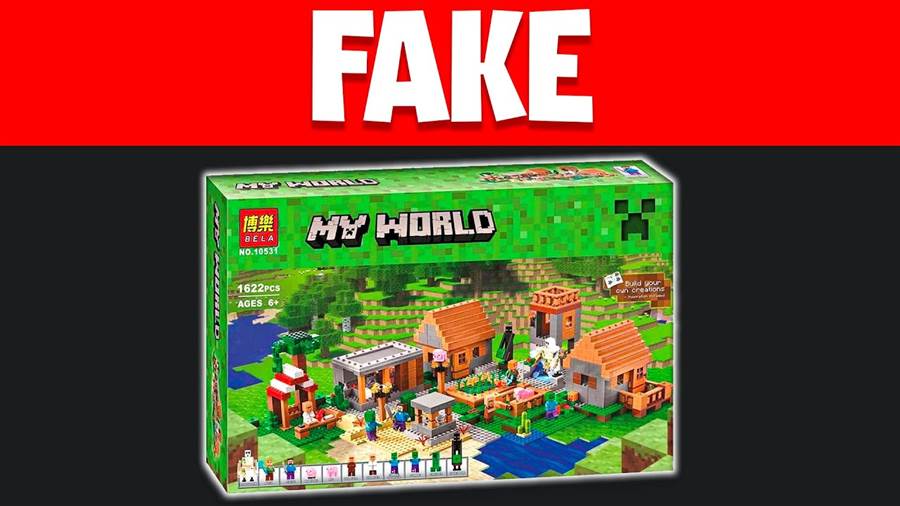
A recent investigation has uncovered the alarming prevalence of counterfeit LEGO sets being sold to unsuspecting consumers. The study, conducted by a consumer watchdog organization, revealed that a large number of counterfeit LEGO sets are flooding the market, making it increasingly difficult for consumers to distinguish between authentic and fake products.
Counterfeit LEGO sets are not only a disappointment for consumers, but they also pose potential hazards.
The study found that many fake LEGO sets contain harmful chemicals and low-quality materials, which pose a risk to children who may come into contact with them. Furthermore, these counterfeit sets often lack the quality and durability that LEGO is known for, leading to frustration and dissatisfaction among buyers.
One of the key challenges in identifying fake LEGO sets is the sophistication of the counterfeiters.
They have become adept at replicating the packaging, logos, and even the individual LEGO pieces, making it difficult for consumers to spot the fakes. Oftentimes, these counterfeit sets are sold at significantly lower prices than the authentic product, which can be highly enticing for unknowing consumers.
To protect themselves from purchasing fake LEGO sets, consumers are advised to be cautious when buying from third-party sellers or online marketplaces.
Authentic LEGO sets are typically sold through authorized retailers or directly from the LEGO website. It is also recommended to familiarize oneself with the packaging and quality of authentic LEGO sets to better identify any discrepancies.
In conclusion, the prevalence of counterfeit LEGO sets is on the rise, posing risks to consumers and potential hazards to children. It is essential for consumers to be vigilant and aware of the signs of counterfeit products to ensure they are buying genuine LEGO sets.



















